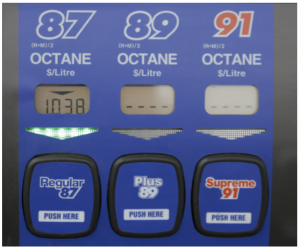 We Americans grumble over “the pain at the pump” and bemoan the high costs of heating and cooling our homes. Compared to many places in Europe and Asia, though, we’re getting off fairly easy. For example, the current price for a gallon of “petrol” in Great Britain is hovering at about $8, while the Norwegians, Dutch, and Italians are shelling out almost $10 a gallon.
We Americans grumble over “the pain at the pump” and bemoan the high costs of heating and cooling our homes. Compared to many places in Europe and Asia, though, we’re getting off fairly easy. For example, the current price for a gallon of “petrol” in Great Britain is hovering at about $8, while the Norwegians, Dutch, and Italians are shelling out almost $10 a gallon.
Clearly, many factors impact global markets. But even though fuel doesn’t come cheaply here, the US “shale revolution” may well have kept America’s energy costs from mirroring the skyrocketing prices overseas.

